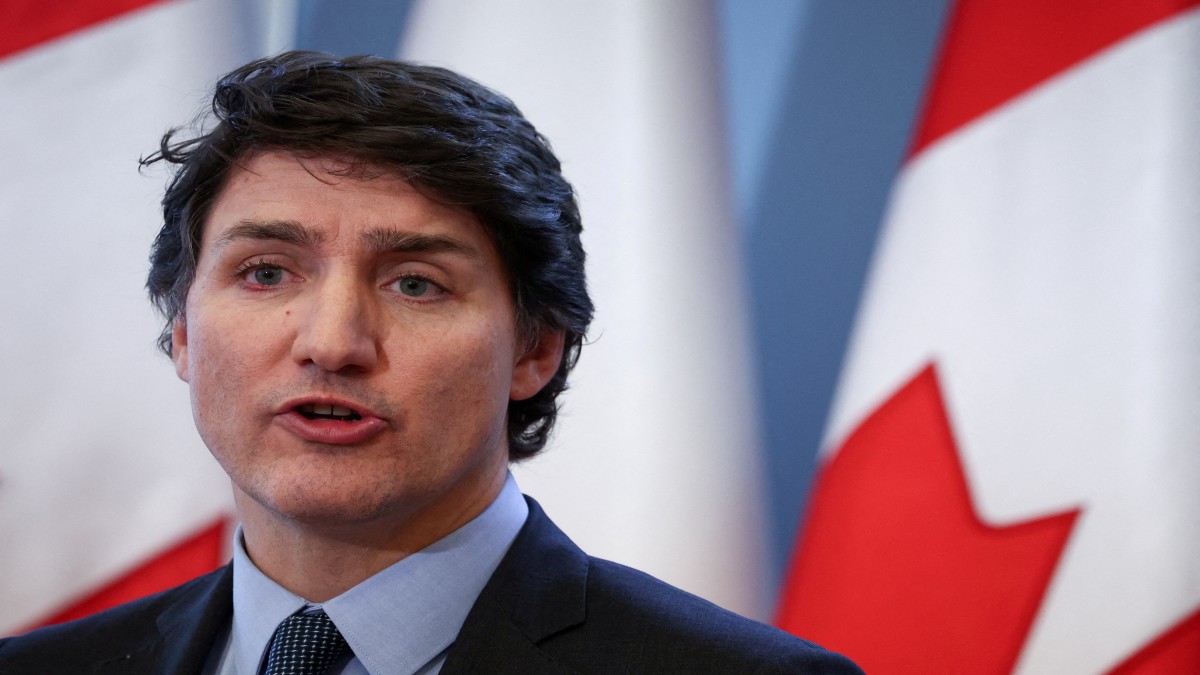Canada plans to reduce its temporary residents and set a cap on temporary immigration for the first time ever, Immigration Minister Marc Miller said on Thursday.
Ottawa also intends to lower the proportion of temporary foreign workers that companies are able to hire, according to Reuters.
The move comes at a time when the country’s population continues to grow faster than any other big countries mainly because of immigration.
However, a significant number of Indians who intend to work or live in Canada could be affected by the new measure.
Let’s take a closer look.
The latest move
“Canada has experienced a significant uptick in the number of temporary residents in recent years, ranging from a surge in international students to more foreign workers filling job vacancies and individuals seeking refuge from conflicts and natural disasters,” said Immigration Minister Marc Miller during a press conference.
He stated that in order to address the problem, they will first reduce the number of temporary residents from 6.2 per cent to five per cent.
Miller will convene a meeting with his provincial and territorial counterparts in May to finalise the plan, as per Reuters.
“We need to ensure the number of temporary residents entering the country is at a sustainable level,” the Immigration Minister told reporters in Ottawa.
Restrictions on temporary foreign worker visas are expected to go into effect on 1 May.
“Starting this fall for the first time, we will expand the immigration levels plan to include both temporary resident arrivals and permanent resident arrivals,” he said, referring to the federal government’s immigration targets.
Impact Shorts
More ShortsEmployment Minister Randy Boissonnault announced during a press conference in Ottawa on Thursday that the government will also lower the cap on the number of temporary foreign workers that businesses can hire from 30 per cent to 20 per cent, except for some industries like agriculture.
Before searching for workers from other nations, the Minister urges firms to make a greater effort to hire Canadians or refugees. According to him, there are 1.2 million job seekers in Canada but only 650,000 available positions.
“Changes are necessary to enhance the efficiency and sustainability of the system,” Miller emphasised.
Miller has directed Canada’s immigration department to assess current programmes that facilitate the entry of temporary migrants to better align them with labour demands and remove any instances of abuse, as per Economic Times.
The most recent action also follows a recent announcement that capped new permits for foreign students and instituted visa requirements for some visitors to Mexico.
The reason
One major factor contributing to Canada’s rapid population growth has been temporary residents. The number of people living in the nation temporarily, including workers, students, refugees, and asylum seekers, is more than 2.5 million, making up 6.2 per cent of the total population, according to CBC News.
But with so many newcomers, there are worries about housing and other amenities (including healthcare). Some analysts now claim that heavy immigration is making homes even more difficult to find, despite the government’s previous claims that it would help with the ageing population and job shortages and boost the economy, as per Indian Express.
Miller believes they need to do more planning and discuss the issue of having enough housing for workers with the provinces. In addition, he aims to facilitate the transition of temporary residents into permanent ones.
In addition, the population increase in Canada is exceeding the development of jobs, making the labour market even tighter.
According to Economic Times which cited official data, there were 678,500 job openings in the final quarter of 2023, down 3.6 per cent from the record high of 983,600 in the second quarter of 2022. This is the sixth straight quarterly reduction in job openings.
Before bringing in a foreign worker, the government wants firms to demonstrate that they have made an effort to hire asylum seekers.
Miller believes that since those who are currently in Canada would have somewhere to reside, this together with hiring international students might help solve the housing crisis.
Impact on Indians
India is one of the top ten countries of origin for temporary foreign workers (TFWs) with a contribution of 26,495 in 2023, as per Indian Express. This means that Indians who intend to settle or work in Canada will be negatively impacted by its decision.
In recent years, there has been a steady increase in the Indian community in Canada. In Canada, the number of Indians who are officially registered increased from 670,000 in 2000 to over one million in 2020. A total of 1,021,356 Indians were registered in Canada by 2020.
Advocates for temporary foreign workers, according to Canadian news site Global News, criticised the latest move, claiming that migrants are “scapegoated for the affordability and housing crisis” and that they labour in unsafe conditions.
According to the Canadian Chamber of Commerce, the decision will have an adverse impact on Canada’s already fragile workforce shortage problems in certain industries.
“Ottawa should be careful placing arbitrary immigration caps. Temporary residents, including temporary foreign workers, are a critical pool of talent for some sectors of our economy. The reality is that we currently have more than 600,000 unfilled job vacancies across the country negatively impacting our ability to grow our economy,” Diana Palmerin-Velasco, senior director at the Canadian Chamber of Commerce told Global News.
With inputs from agencies
)